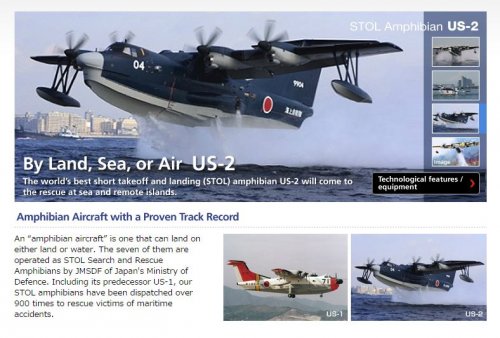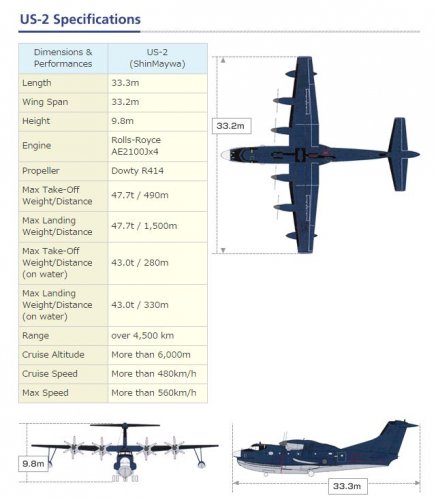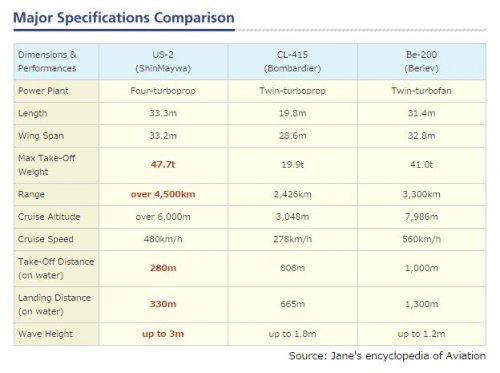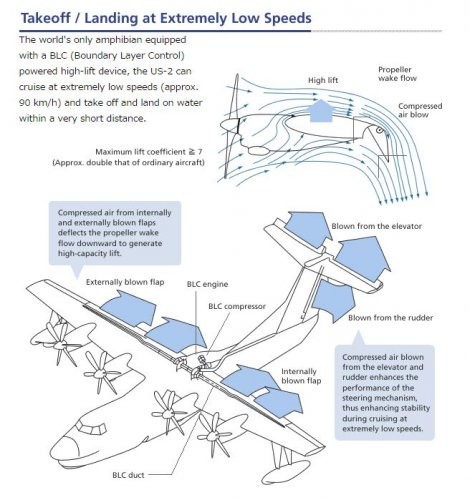Avimimus
ACCESS: Top Secret
- Joined
- 15 December 2007
- Messages
- 2,427
- Reaction score
- 909
As the title says: What was the most Seaworthy flying boat every built or proposed?
The interwar Rohrbach Ro series with its pop-out sails for use once ditched?
Submersible aircraft?
Large flying boats with strong righting moments? There are a lot of candidates...
Given how light and fragile WWI aircraft were (and how prone to engine failure) it was quite the issue early on. I remember one story about how an FBA flying boat had an engine failure over the Mediterranean - her crew survived for more than a week awaiting rescue because one of the crew members used tubing from one of the only instruments on board to build a primitive desalinator.
Here is another story:
The interwar Rohrbach Ro series with its pop-out sails for use once ditched?
Submersible aircraft?
Large flying boats with strong righting moments? There are a lot of candidates...
Given how light and fragile WWI aircraft were (and how prone to engine failure) it was quite the issue early on. I remember one story about how an FBA flying boat had an engine failure over the Mediterranean - her crew survived for more than a week awaiting rescue because one of the crew members used tubing from one of the only instruments on board to build a primitive desalinator.
Here is another story:
Testimony to the ruggedness of the type is to be found in the experiences of FF49c No. 1874, which, early on 10th May 1918, was swung out from the seaplane carrier Santa Helena for a reconnaissance patrol over English coastal waters. With an N.C.O. crew - Hans Sommermann (pilot) and Georg Patzoldt (observer) - the Friedrichshafen took off in company with another 49c and commenced to map a new minefield they discovered when they eventually reached their patrol zone. This they continued to do until the fuel gauges indicated time for return; Patzoldt signalled the crew of the accompanying seaplane, whereupon they turned in the direction of Germany.
By 11.00 hours, after some six hours in the air, fuel was exhausted, the parent carrier ship nowhere in sight; both aircraft alighted on the water, radioing SOS calls as they glided down. On touching down, the sea anchors were streamed to avoid drifting, as surface rescue vessels from either Borkum or Norderney were expected to reach them before dark. However, night fell with no sign of rescue, and with it came a freshening of the wind. The pangs of hunger and thirst became manifest to the crews, but there was no water other than that in the radiators, which, having been mixed with glycerine, was barely palatable. Soon after midnight a strong sea came up and No. 1874 broke away from her sea anchor and rapidly started to drift.
The drift continued, all through a stormy and overcast Sunday and again through another anxious night. Every second hour the crew of No. 1874 fired Very lights in the hope of attracting the attention of some vessel. With the break of another day came the hope that as the drift had been towards the English coast, perhaps they might be picked up by the Royal Navy, but no vessels materialised, and so their ordeal continued. The wind now backed to the south-west, and the seaplane began to drift away from British waters out into the North Sea again.
On the fifth day a list developed which they sought to correct by hacking away part of a wing panel but were too weak to wield the axe. Fog obscured the view on the sixth day, but when eventually it lifted fishing vessels were sighted, but these ignored all signals. Eventually, well after midday, Patzoldt somehow managed to tear out a piece of rib to which he fastened his handkerchief, and at last a vessel moved in to pick them up. This was the Swedish fishing smack Argo II, whose master later explained that he had interpreted the red Very lights they had fired as warnings to keep away - had white lights been fired he would have immediately come alongside, but by then they had none left.
Sommermann and Patzoldt were rescued some 27 miles from the Norwegian coast, and, exactly a week after their ordeal began, were landed at the Swedish port of Marstrand. Here they learned that their companion FF 49c had been rescued on the fourth day by a Dutch boat whose attention had been ingeniously attracted by SOS bursts from the aircraft's machine-gun.
It was finally reckoned, when Sommermann and Patzoldt returned to Germany, that the FF 49c No. 1874 had drifted almost twice across the North Sea in a period of some 140 hours.




